Norma Jean Nilsson | |
|---|---|
 Nilsson in 1946 | |
| Born | January 1, 1938 Hollywood, California |
| Occupation | Actress |
| Years active | 1941–1959 |
Norma Jean Nilsson (born January 1, 1938) is a former child actress in old-time radio and films. [1]
Norma Jean Nilsson | |
|---|---|
 Nilsson in 1946 | |
| Born | January 1, 1938 Hollywood, California |
| Occupation | Actress |
| Years active | 1941–1959 |
Norma Jean Nilsson (born January 1, 1938) is a former child actress in old-time radio and films. [1]
Nilsson is the daughter of Dr. and Mrs. Arthur V. Nilsson. Her father was a professor of anatomy at the Los Angeles College of Chiropractic. She has an older brother, Arthur Jr. [2] She began performing when she was 3 years old and was active during World War II, entertaining troops at Army camps across the United States. [3]
Nilsson attended Victory Garden School and Bancroft Junior High School. [4] Newspaper columnist Louella Parsons wrote in 1946 that Nilsson had an IQ of 162. [5]
When Nilsson was 4 years old, she won a talent contest on Tune-Out Time on KECA. At 5, she made her "first big-time radio appearance", portraying a dying girl on Free World Theatre. At 8, her picture was featured on the cover of the July 21, 1946, issue of Radio Life magazine. [6]
In 1947, she was the highest-paid child actress in radio. [2] An article published in Radio and Television Mirror in 1951 reported that she was "a charter member of the Five Hundred Club, an organization of children who have appeared on five hundred or more radio broadcasts." [3]
Nilsson played Cookie (the Bumsteads' daughter) in the radio version of Blondie , [7] Kathy (the Andersons' younger daughter) on the radio version of Father Knows Best [7] : 115 , Glory Mae (the "little girl who lives next door") on The Jack Carson Show ., [6] and as the lead actress Lois to Raymond Burr's antagonist in the "Murder on Mike" (1957) episode of Suspense.
She was also heard on Luke Slaughter of Tombstone, [8] Cavalcade of America [9] and the radio version of Have Gun, Will Travel . [10]
Nilsson was seen in Suspense (1946), [11] The Actress (1953) [12] and The Green-Eyed Blonde (1957). [13] She also appeared on the TV series Official Detective as Mary in the 1957 episode 'The Night It Rained Bullets'. [14]
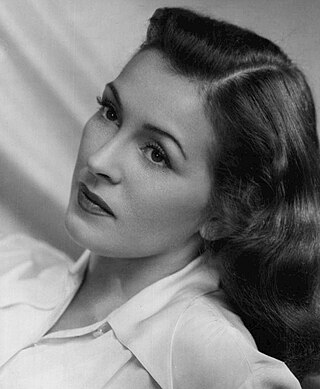
Nancy Kelly was an American actress in film, theater, and television. A child actress and model, she was a repertory cast member of CBS Radio's The March of Time, and appeared in several films in the late 1920s. She became a leading lady upon returning to the screen in the late 1930s, while still in her teens, and made two dozen movies between 1938 and 1946, including portraying Tyrone Power's love interest in the classic Jesse James (1939), which also featured Henry Fonda, and playing opposite Spencer Tracy in Stanley and Livingstone, later that same year. After turning to the stage in the late 1940s, she had her greatest success in a character role, the distraught mother in The Bad Seed, receiving a Tony Award for Best Actress in a Play for the 1955 stage production and an Academy Award nomination as Best Actress for the 1956 film adaptation, her last film role. Kelly then worked regularly in television until 1963, then took over the role of Martha in the original Broadway production of Who's Afraid of Virginia Woolf? for several months. She returned to television for a handful of appearances in the mid-1970s.

Joan Geraldine Bennett was an American stage, film, and television actress, one of three acting sisters from a show-business family. Beginning her career on the stage, Bennett appeared in more than 70 films from the era of silent films, well into the sound era. She is best remembered for her film noir femme fatale roles in director Fritz Lang's films—including Man Hunt (1941), The Woman in the Window (1944), and Scarlet Street (1945)—and for her television role as matriarch Elizabeth Collins Stoddard in the gothic 1960s soap opera Dark Shadows, for which she received an Emmy nomination in 1968.

Ruth Roman was an American actress of film, stage, and television.
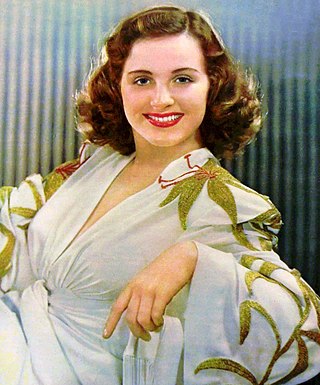
Mary Constance Moore was an American singer and actress. She appeared in wartime musicals such as Show Business and Atlantic City and the classic 1939 movie serial Buck Rogers, in which she played Wilma Deering, its only female character.

Peggie Castle was an American actress who specialized in playing the "other woman" in B-movies. Castle was Miss Cheesecake in 1949.

Virginia Field was a British-born film actress.
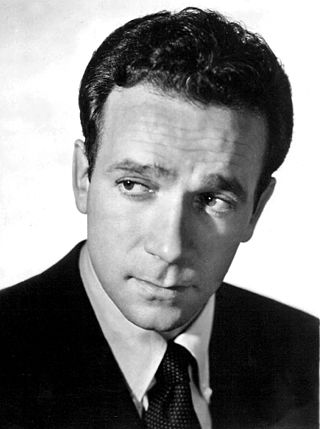
Dane Clark was an American character actor who was known for playing, as he labeled himself, "Joe Average."

Spring Dell Byington was an American actress. Her career included a seven-year run on radio and television as the star of December Bride. She was a Metro-Goldwyn-Mayer contract player who appeared in films from the 1930s to the 1960s. Byington received a nomination for an Academy Award for Best Supporting Actress for her role as Penelope Sycamore in You Can't Take It with You (1938).

Gerald Mohr was an American radio, film, and television character actor and frequent leading man, who appeared in more than 500 radio plays, 73 films, and over 100 television shows.

Ellen Drew was an American film actress.

Nancy Coleman was an American film, stage, television and radio actress. After working on radio and appearing on the Broadway stage, Nancy Coleman moved to Hollywood to work for Warner Bros. studios.
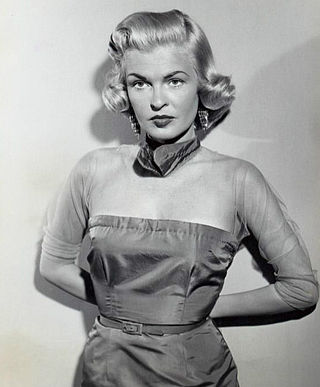
Margaret Ann "Peggy" Knudsen was an American character actress.

Anne Nagel was an American actress. She played in adventures, mysteries, and comedies for 25 years. She also appeared in television series in the 1950s. One book described her as "one of Hollywood's true hard-luck gals".

Catherine Lee Lewis was an American actress on radio, film, and television. She is remembered best for numerous radio appearances but also noted for making a number of film and television appearances in the last decade of her life.

Lurene Tuttle was an American actress and acting coach, who made the transition from vaudeville to radio, and later to films and television. Her most enduring impact was as one of network radio's more versatile actresses. Often appearing in 15 shows per week, comedies, dramas, thrillers, soap operas, and crime dramas, she became known as the "First Lady of Radio".
Barbra Deane Fuller was an American actress.

Lana Turner (1921–1995) was an American actress who appeared in over fifty films during her career, which spanned four decades. Discovered in 1937 at age 16, she signed a contract with Warner Bros. but soon transferred to Metro-Goldwyn-Mayer. The studio's co-founder, Louis B. Mayer, helped further her career by casting her in several youth-oriented comedies and musicals, including Dancing Co-Ed (1939) and Ziegfeld Girl (1941), the latter of which was a commercial success and helped establish her as one of the studio's leading performers. Turner subsequently co-starred with Clark Gable in the drama Somewhere I'll Find You (1943), the first of four films she would appear in with him.
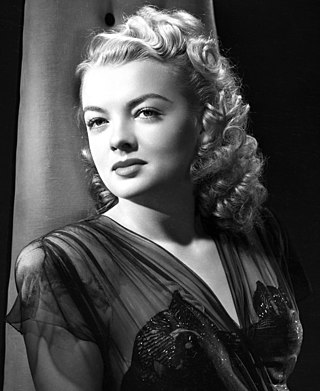
Myrna Dell was an American actress, model, and writer who appeared in numerous motion pictures and television programs over four decades. A Hollywood glamour girl in the early part of her career, she is best known today for her work in B-pictures, particularly film noir thrillers and Westerns.
Norma Connolly was an American actress having a career spanning five decades and known for her roles on The Young Marrieds as Lena Karr Gilroy and General Hospital as Ruby Anderson.

Jeanine Ann Roose was an American child actress and psychologist.